Home » Cerabest®
Cerabest®
Ceramides are lipids (fats) that are found naturally in high concentrations in the uppermost layers of skin. They make up over 50 percent of skin’s composition. So it’s no surprise they play a vital role in determining how our skin looks and how it responds to environmental threats.
Ceramides are referred to as the building blocks of skin, and form the protective, outermost layer, known as the skin barrier. The skin barrier is the first line of defense, and it works to fight off environmental aggressors – like free radicals, pollution and other irritants – while helping skin to retain that all-important moisture.

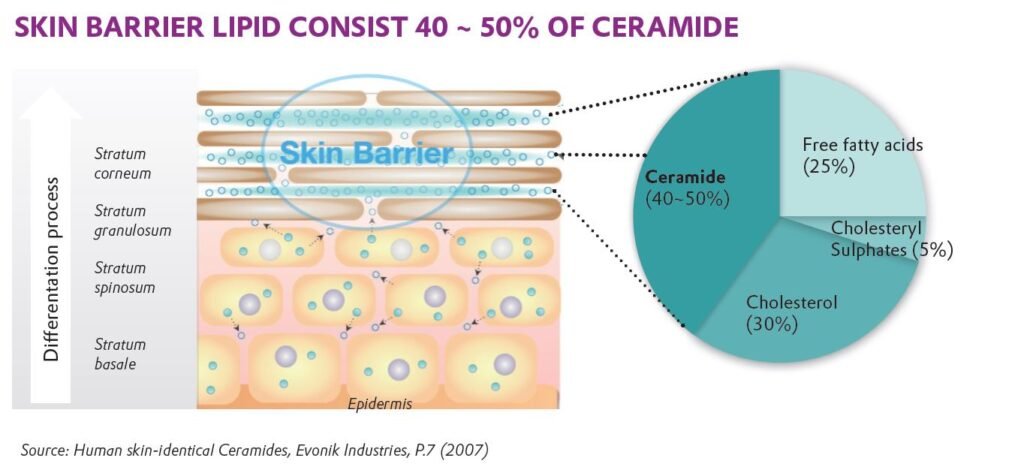
Natural Ceramides in stratum corneum are known to be of 9 different types – numbered 1 to 9. They differ in length of fatty acid chains and sphingoid bases.
Benefits of Ceramides for Skin are:
- Strengthen the Skin’s Natural Defense Barrier
- Deep, Long-Lasting Hydration
- Prevent Trans-epidermal water loss (TEWL)
- Repair CHRONIC dryness and damage to skin
- Ensure Firm and Supple Skin
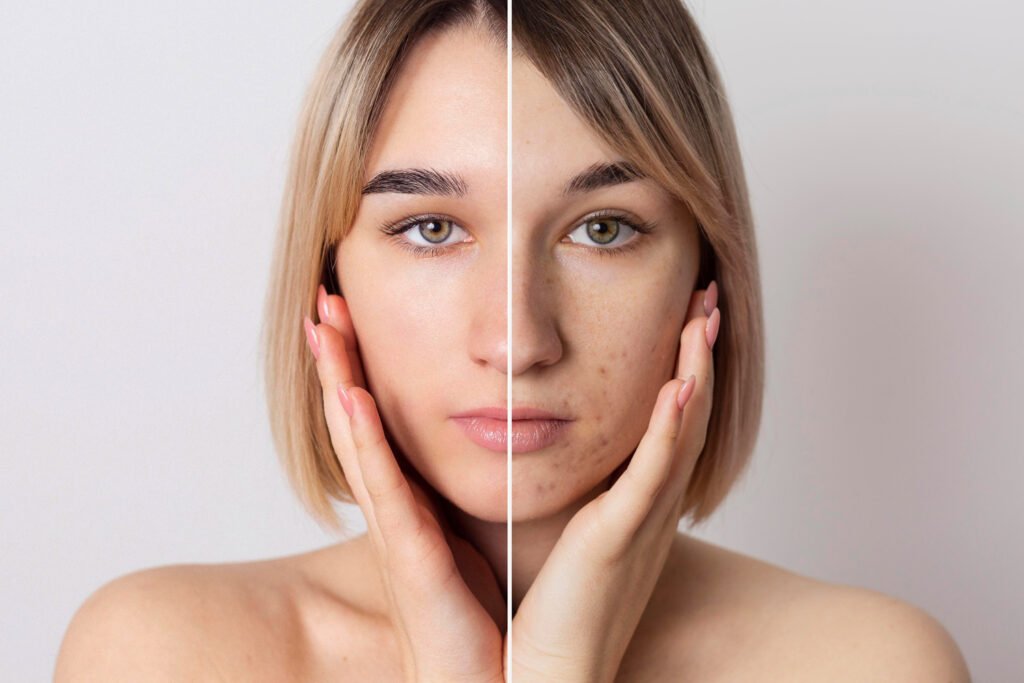
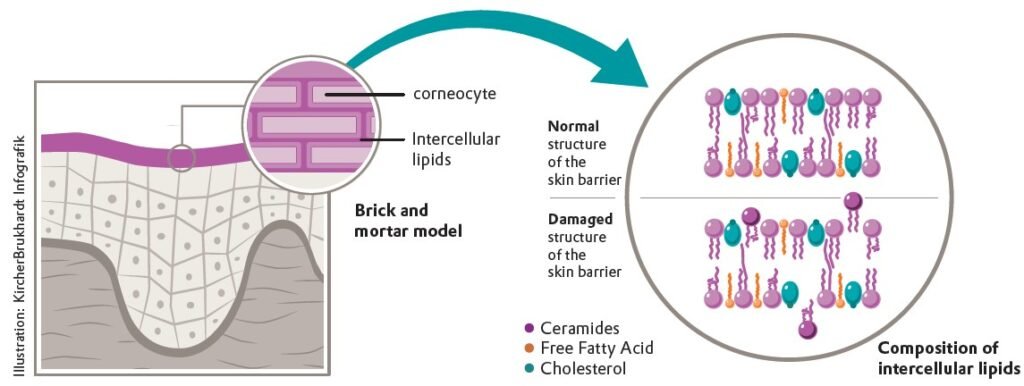
Decline of Ceramides Levels in Psoriasis
A vast majority of publications have outlined and reinforced the view that there is significant depletion as well as inadequate synthesis of ceramides in Psoriasis patients.
Ceramides depletion and inadequate synthesis in skin, associated with disrupted barrier function in the epidermis, leads to the clinical manifestation of dryness and inflammation seen in patients with psoriasis.
A consensus approach to managing inflammatory conditions such as AD, Psoriasis involves usage of cosmetics that could help either deliver exogenous ceramides (often plant based) to the epidermis or a newer approach (CeraBEST®) results in endogenous production and synthesis of ceramides in the skin leading to better outcomes in such conditions.
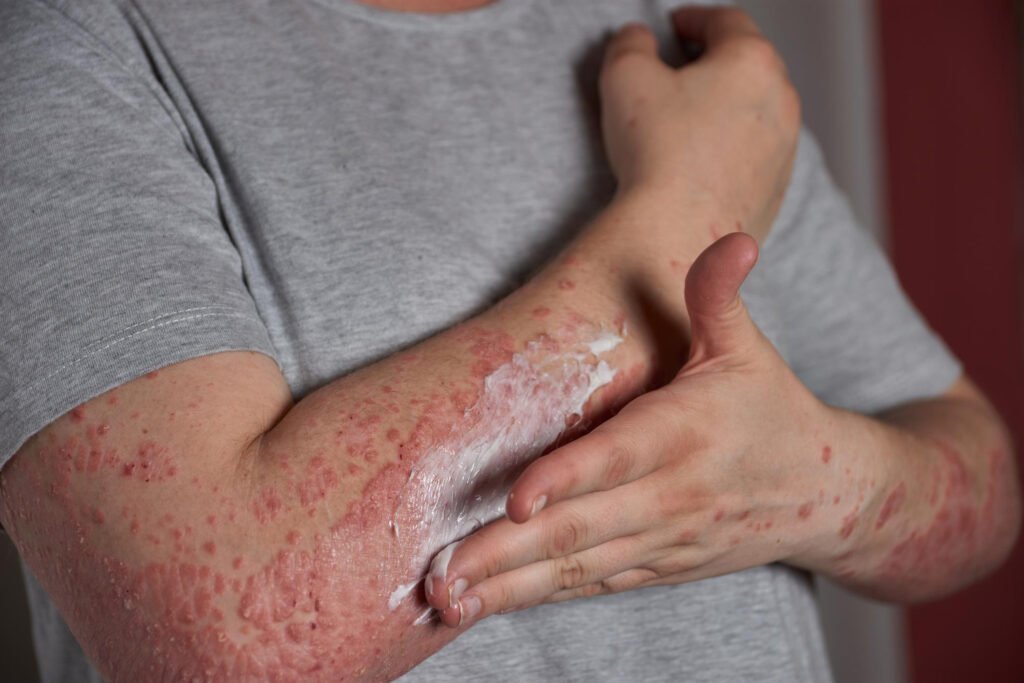
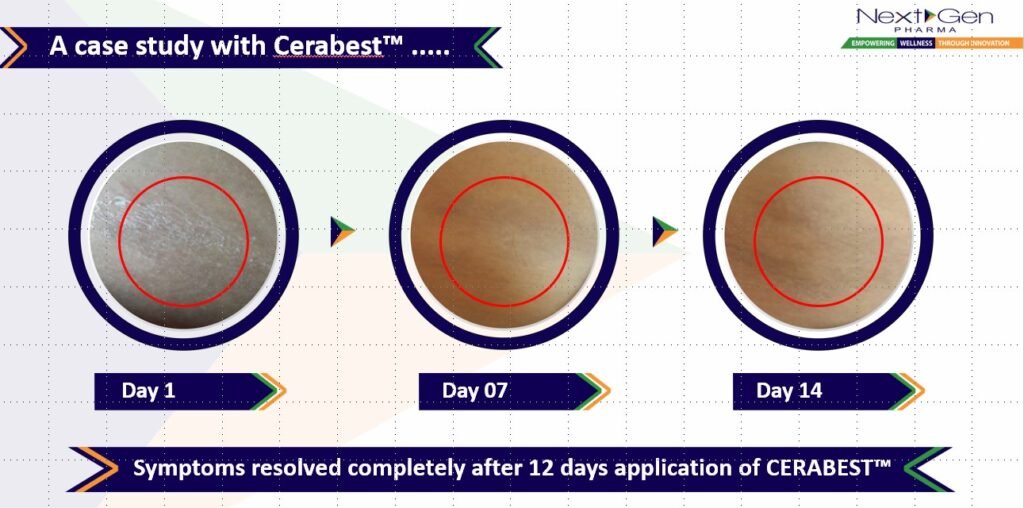
Decline of Ceramides Levels in Atopic Dermatitis
Several publications have established that an insufficiency of ceramides in the stratum corneum is an etiologic factor in atopic dry skin.
Atopic dermatitis (AD) is a common chronic skin disease associated with skin barrier dysfunction and immunological abnormalities. In patients with Atopic Dermatitis, the amount and composition of ceramides in the stratum corneum are altered. This suggests that ceramide abnormalities are involved in the pathogenesis of Atopic Dermatitis. Hence the need for product/s such as CeraBEST® which can generate ceramides endogenously
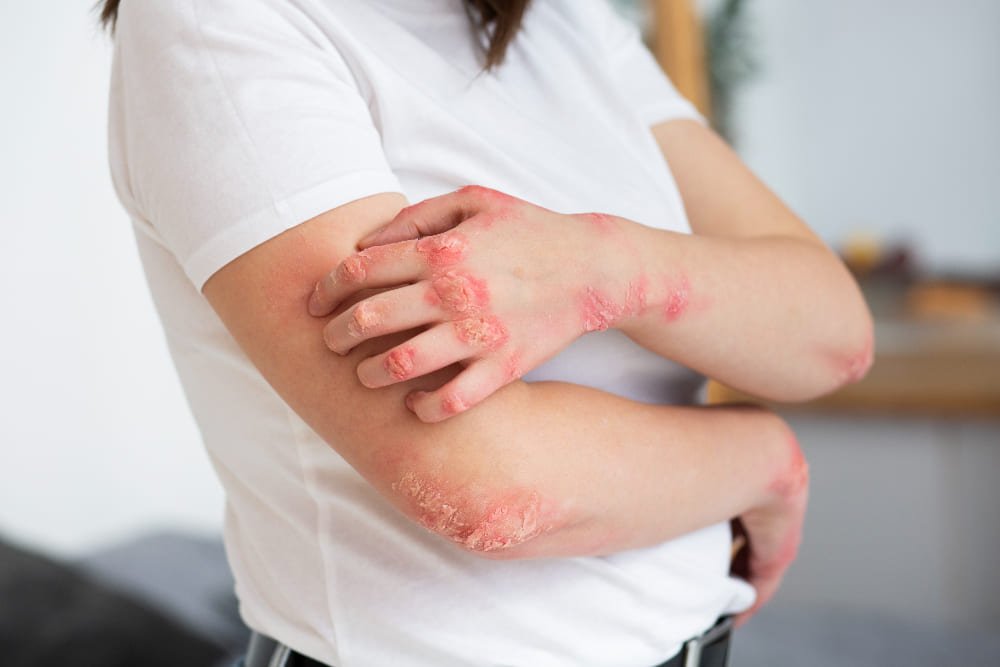
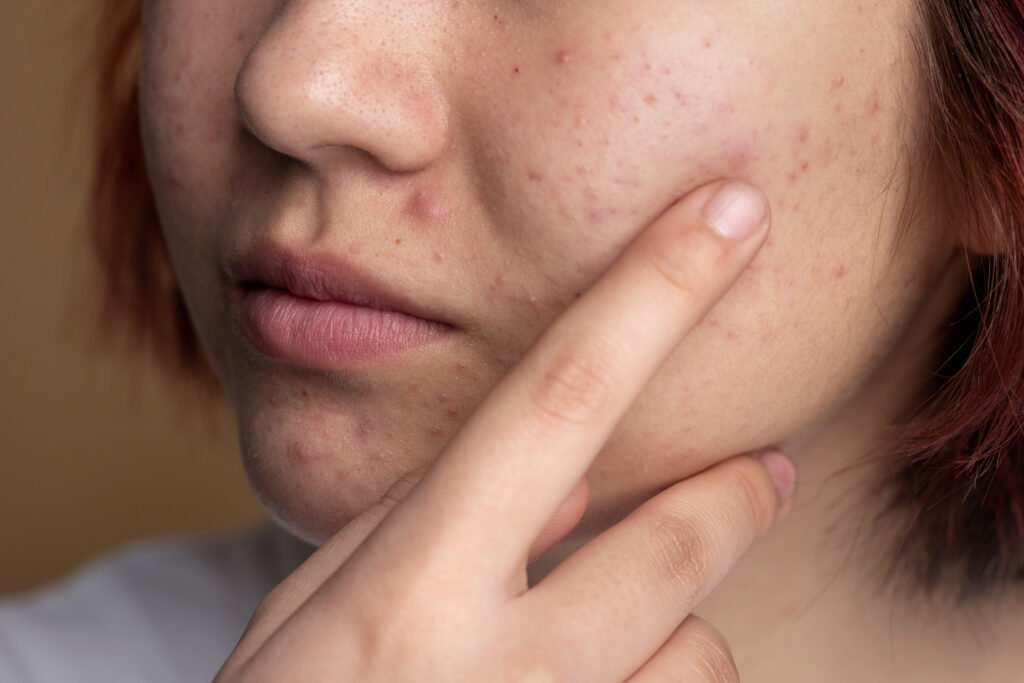
Acne – Loss of Skin Barrier Function
Acne is a common, complex, multifactorial inflammatory skin disease associated with epidermal barrier dysfunction. Acne affects many adolescents and adults. Acne is associated with lower self-esteem, anxiety, and depression and may cause scars and pigmentary sequelae. In Acne, amount and composition of ceramides in the stratum corneum are altered. Hence the need for product/s such as CeraBEST® which can generate ceramides endogenously
Depletion of Ceramides with Age
As we age – our skin experiences significantly decreased levels of all major lipid species, in particular ceramides. Also, stratum corneum lipid levels of all the body sites get dramatically depleted in winter compared with spring and summer. The decrease in ceramide levels as we age, are likely to contribute to the increased susceptibility of aged skin to loss of barrier function and xerosis, particularly during the winter months.
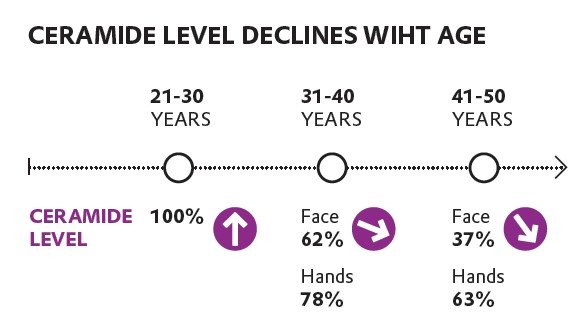
CeraBEST® is a proprietary dermatological cream containing probiotic derived active principles (post-biotic metabolite) called DermaACB®. Thus DermaACB has mild anti-inflammatory action as well.
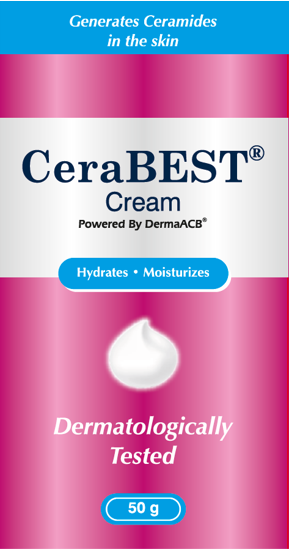
CeraBEST® exerts anti-inflammatory effect as well as leads to active production and synthesis of Ceramides within the skin and thus ensures:
- Reduction in itch associated with certain dermatological conditions such as Atopic Dermatitis and Psoriasis
- Prevents / minimizes Trans-Epidermal Water Loss
- Generates ceramides which are depleted in various conditions such as Atopic Dermatitis, Psoriasis, Acne and Blemishes etc.
- Works as an excellent moisturizer
- Being an Aqua based formulation, is quickly absorbed

CeraBEST® for Management of Atopic Dermatitis
Atopic dermatitis (AD) is a chronic, relapsing, inflammatory, pruritic skin disease. Patients with AD have decreased ceramide levels in the stratum corneum. Two weeks topical application of CERABEST® induces a significant increase of ceramide levels in stratum corneum. It also results in reduction of erythema, scaling & pruritis in most of the patients using CeraBEST®
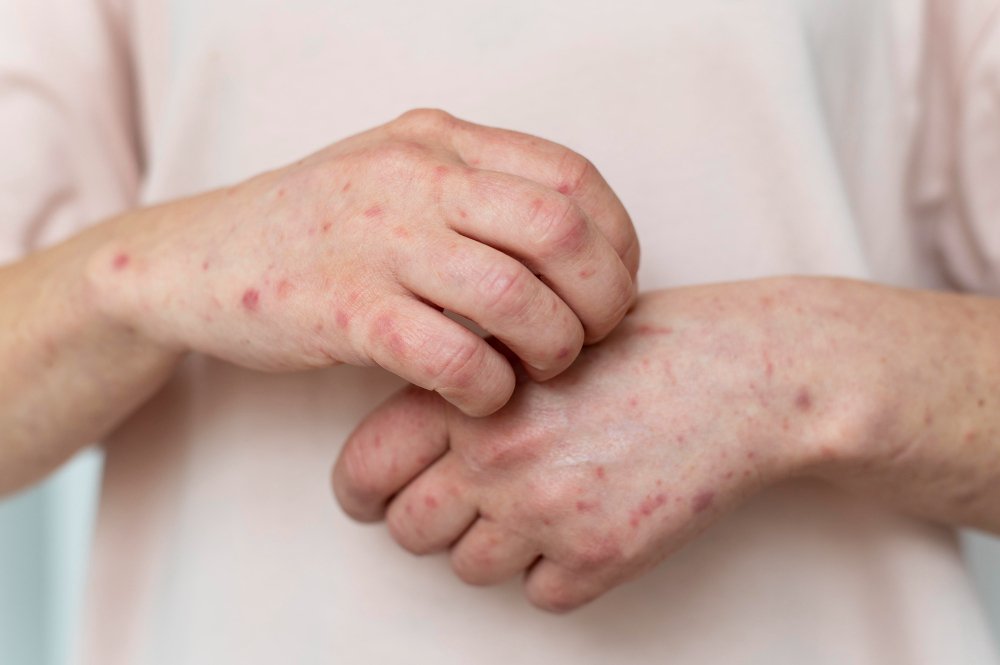
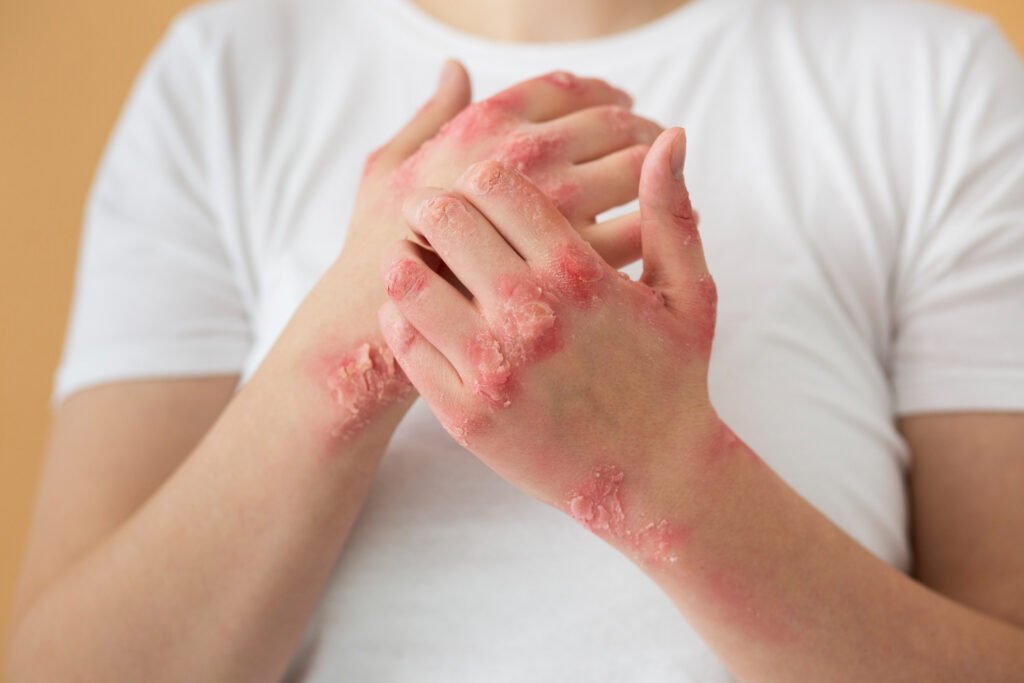
CeraBEST® for Psoriasis Management
Marked depletion of ceramides especially ceramide 1, 4, & 5 has been reported in patients with Psoriasis and the reduction in ceramide is directly related with clinical severity. CeraBEST® by its mechanism of synthesizing and increasing ceramide levels in stratum corneum can effectively help patients with psoriasis
CeraBEST® for Baby Skin
Ceramides represent the third largest fraction (20-23%) of all barrier lipids both in vernix and in fetal skin. In postnatal skin, ceramides are the second largest fraction (24-29%) of barrier lipids. Increase in ceramide concentration is correlated with maturation of the trans-epidermal barrier. CeraBEST® helps in maintaining natural barrier of the skin and is safe for new born skin


CeraBEST® for Aged Skin
Exogenous ceramides have been part of many anti-wrinkle products. Topical application of exogenous ceramide have very limited benefit, if at all any. CeraBEST®, by its endogenous action, is able to help synthesize and generate all known subtypes of ceramides, thus providing an effective natural lipid barrier which can slow down age-related changes in the epidermis